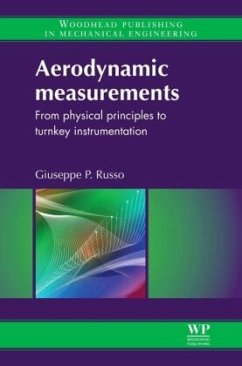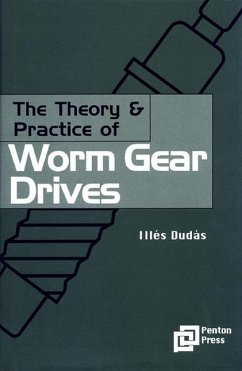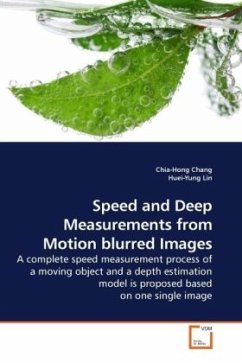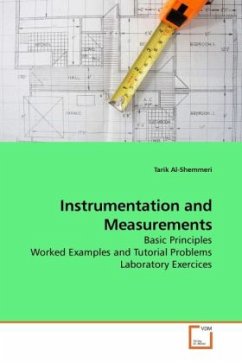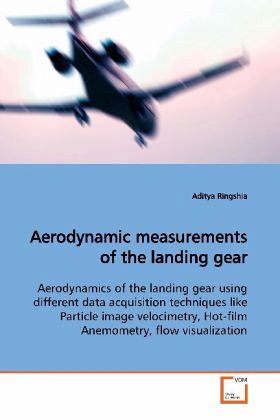
Aerodynamic measurements of the landing gear
Aerodynamics of the landing gear using different data acquisition techniques like Particle image velocimetry, Hot-film Anemometry, flow visualization
Versandkostenfrei!
Versandfertig in 6-10 Tagen
32,99 €
inkl. MwSt.

PAYBACK Punkte
16 °P sammeln!
Aerodynamic measurements were taken over models ofthe Boeing 777 high fidelity isolated landing gear ata free-stream Mach number of 0.16. Noise controldevices (NCD) were developed at Virginia Tech toreduce noise by shielding gear components, reducingwake interactions and by streamlining the flow aroundcertain landing gear components. Aerodynamicmeasurements were performed to understand the flowover the landing gear and also changes in the flowbetween Baseline and NCD configurations (withoutand with Noise Control Devices respectively).Hot-film, Pitot-static measurements and flowvisualization us...
Aerodynamic measurements were taken over models of
the Boeing 777 high fidelity isolated landing gear at
a free-stream Mach number of 0.16. Noise control
devices (NCD) were developed at Virginia Tech to
reduce noise by shielding gear components, reducing
wake interactions and by streamlining the flow around
certain landing gear components. Aerodynamic
measurements were performed to understand the flow
over the landing gear and also changes in the flow
between Baseline and NCD configurations (without
and with Noise Control Devices respectively).
Hot-film, Pitot-static measurements and flow
visualization using tufts were performed over an
isolated 26% scale-model high fidelity landing gear
for the Baseline and NCD configurations. Contours
of turbulence intensity, normalized wake velocity and
normalized total pressure loss for both
configurations are compared. The Baseline
configuration was also compared with the NASA Ames
study. Hot-film measurements are also compared to
Microphone Phased Array results which were acquired
at Virginia Tech. A novel technique for processing
hot-film measurements by breaking turbulence into
octave bands as acoustic measurements is presented.
the Boeing 777 high fidelity isolated landing gear at
a free-stream Mach number of 0.16. Noise control
devices (NCD) were developed at Virginia Tech to
reduce noise by shielding gear components, reducing
wake interactions and by streamlining the flow around
certain landing gear components. Aerodynamic
measurements were performed to understand the flow
over the landing gear and also changes in the flow
between Baseline and NCD configurations (without
and with Noise Control Devices respectively).
Hot-film, Pitot-static measurements and flow
visualization using tufts were performed over an
isolated 26% scale-model high fidelity landing gear
for the Baseline and NCD configurations. Contours
of turbulence intensity, normalized wake velocity and
normalized total pressure loss for both
configurations are compared. The Baseline
configuration was also compared with the NASA Ames
study. Hot-film measurements are also compared to
Microphone Phased Array results which were acquired
at Virginia Tech. A novel technique for processing
hot-film measurements by breaking turbulence into
octave bands as acoustic measurements is presented.



